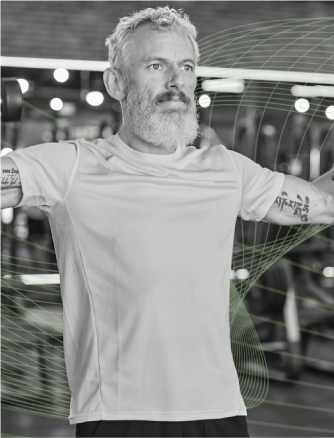Virtual reality is not just for entertainment. It can be applied in numerous vertical industries and has been explored in the healthcare sector for decades. As VR becomes more affordable and accessible to the mass market, its impact on health care is palpable. According to Josh Sackman, president of Applied VR, “Health care is ultimately where we’ll see VR’s biggest impact to date on humanity.” Here are some of the ways it is shaping the future of healthcare:
Training: The advent and quick adoption of 360 video has proliferated the creation of easy-to-access content for practical medical use. Additionally, simulated and live-streamed environments and situations provide a more immediate and immersive learning experience that crosses geographic boundaries in exciting ways.
Therapy: VR allows therapy to happen in the comfort of a patient’s home or local practitioner’s office. Some VR therapy includes patients with intense phobias and sufferers of post-traumatic stress disorder, others may be autistic and learning to handle social situations. Repeated experience exposure therapies can be offered through virtual reality in a safe space where patients are encouraged to develop healthy reactions and new patterns of behaviour.
Surgery: Surgeons use 3D scanning and modelling to pre-plan and prepare for their surgeries. VR can enable physicians to literally walk through the patient’s body and plan their task in more detail than ever before. Additionally, real-time VR monitoring would remove the need for a consultant or secondary surgeon to be physically present in the surgery room. This can bring experts from across the globe into any surgery; it also removes the added stress of doctor’s working over each other’s shoulders.
Access and availability of virtual reality
The relative novelty of VR, the limited good quality content, as well as the varying price and accuracy of headsets are limitations to widespread adoption. In the healthcare space, it is also important that new technologies are interoperable and mobile, which VR will need to incorporate before it can be included in complex care infrastructures.
The powerful thing to remember with VR is that the content is available no matter where the learner, patient, or doctor is geographically. The potential benefit for patients and the multitude of applications, some still unknown, are enough reason to continue honing virtual reality so that it continues to be available and useful to healthcare practitioners.
For more on live-streaming surgeries, check out Medical Realities’ first ever live-streamed surgery: http://www.medicalrealities.com/
Read the original VR Bound article: https://www.vrbound.com/features/how-virtual-reality-is-shaping-the-healthcare-industry






